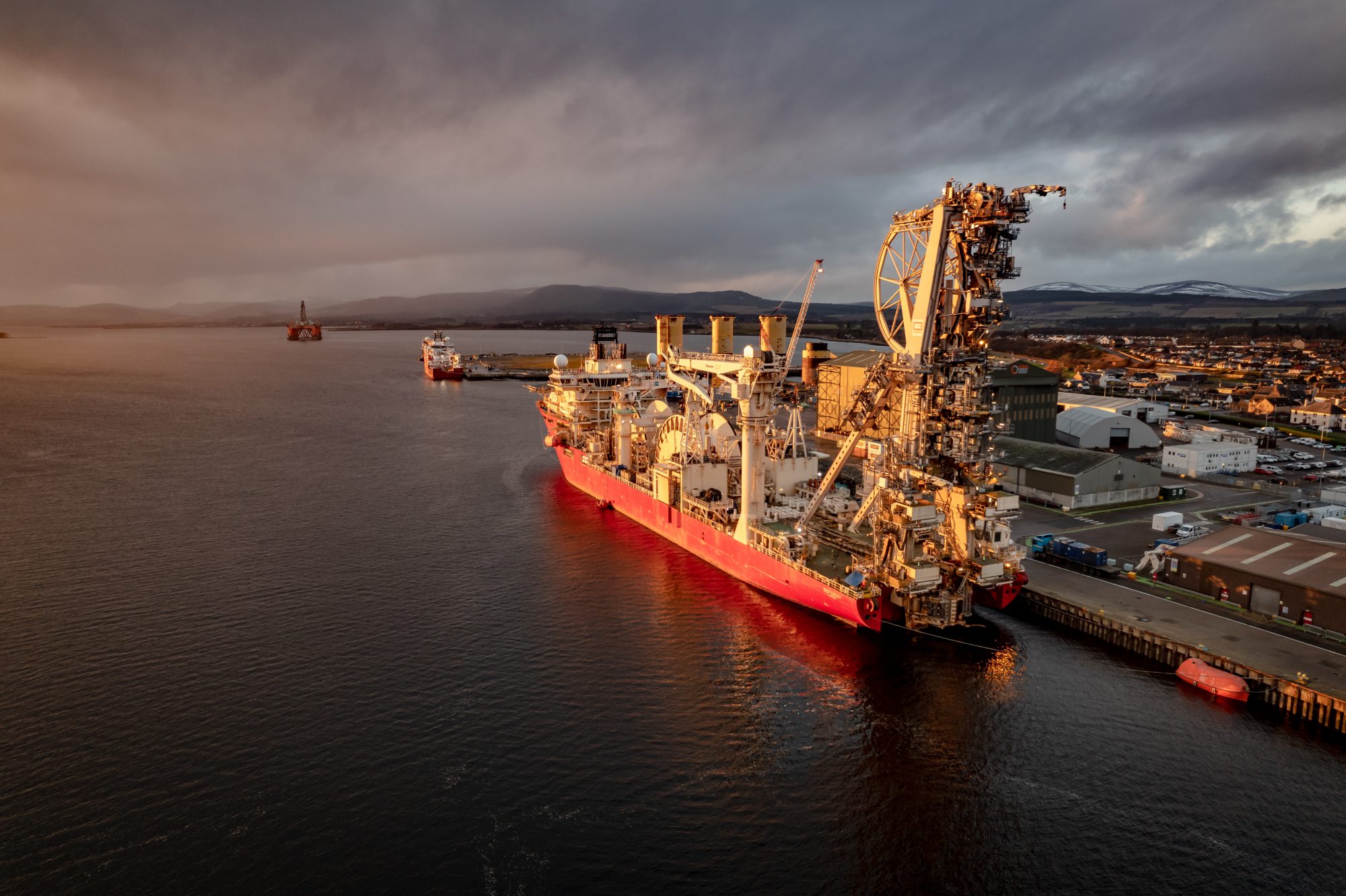Subsea pipelines are essential for transporting marine petroleum resources, yet they face unique challenges from their environment. One of the most significant threats is microbial corrosion, particularly caused by sulfate-reducing bacteria (SRB) in sea mud. Along with environmental factors like chloride and sulfate ions, these bacteria accelerate pipeline degradation, posing risks to safety, operations, and maintenance costs. However, innovative solutions like DragX surface treatment offer a promising way to enhance pipeline longevity and efficiency.
Understanding Microbial Corrosion in Subsea Pipelines
Marine mud, rich in chlorides, sulfates, and microorganisms, creates a perfect storm for pipeline corrosion. SRB thrive in this anaerobic environment, forming biofilms that amplify corrosion. Sulfate serves as an electron acceptor, boosting SRB growth, while chloride regulates osmotic pressure, further enhancing microbial activity. Together, these elements accelerate the deterioration of pipeline materials, particularly X80 steel, through processes like biofilm-induced corrosion and extracellular electron transfer.
The combined effects of chloride and sulfate result in aggressive pitting and crevice corrosion, leading to structural vulnerabilities. Left unaddressed, this can increase maintenance costs, disrupt operations, and even cause catastrophic failures.
The Role of DragX in Combating Corrosion
While traditional anti-corrosion methods provide some protection, advanced solutions like DragX surface treatment are revolutionizing pipeline maintenance. DragX creates a durable, hydrophobic layer that resists corrosive substances and biofilm formation. Here’s how it excels in marine environments:
- Enhanced Resistance to Chlorides and Sulfates
- DragX effectively shields pipeline surfaces from the penetration of chlorides and sulfates, minimizing their corrosive impact on the steel.
- Biofilm Prevention
- The treatment inhibits SRB adhesion and biofilm formation, disrupting the microbial corrosion cycle and preserving pipeline integrity.
- Improved Longevity and Safety
- By reducing corrosion rates, DragX significantly extends the operational lifespan of pipelines, ensuring safer and more reliable transportation of petroleum resources.
- Lower Maintenance Costs
- With its robust protection, DragX minimizes the need for frequent repairs and maintenance, leading to substantial cost savings for operators.
Why Choose DragX for Subsea Pipelines?
In the harsh marine environment, conventional coatings often fail to withstand the combined effects of SRB activity and corrosive substances. DragX, with its advanced formulation, is uniquely equipped to handle these challenges. Its ability to resist extreme conditions, prevent biofilm formation, and reduce overall corrosion makes it an essential tool for maintaining pipeline safety and efficiency.
Securing the Future of Subsea Pipelines
As marine petroleum resources gain prominence, protecting the infrastructure that supports them is more critical than ever. DragX not only addresses current corrosion challenges but also sets the standard for innovative, sustainable pipeline maintenance. By integrating DragX into subsea pipeline systems, operators can ensure long-term operational efficiency, cost-effectiveness, and environmental safety.
Microbial corrosion in subsea pipelines is a significant challenge, but with solutions like DragX surface treatment, operators can safeguard their assets against aggressive marine conditions. The industry can achieve enhanced pipeline performance and reliability by investing in advanced protection strategies, even in the most demanding environments.

